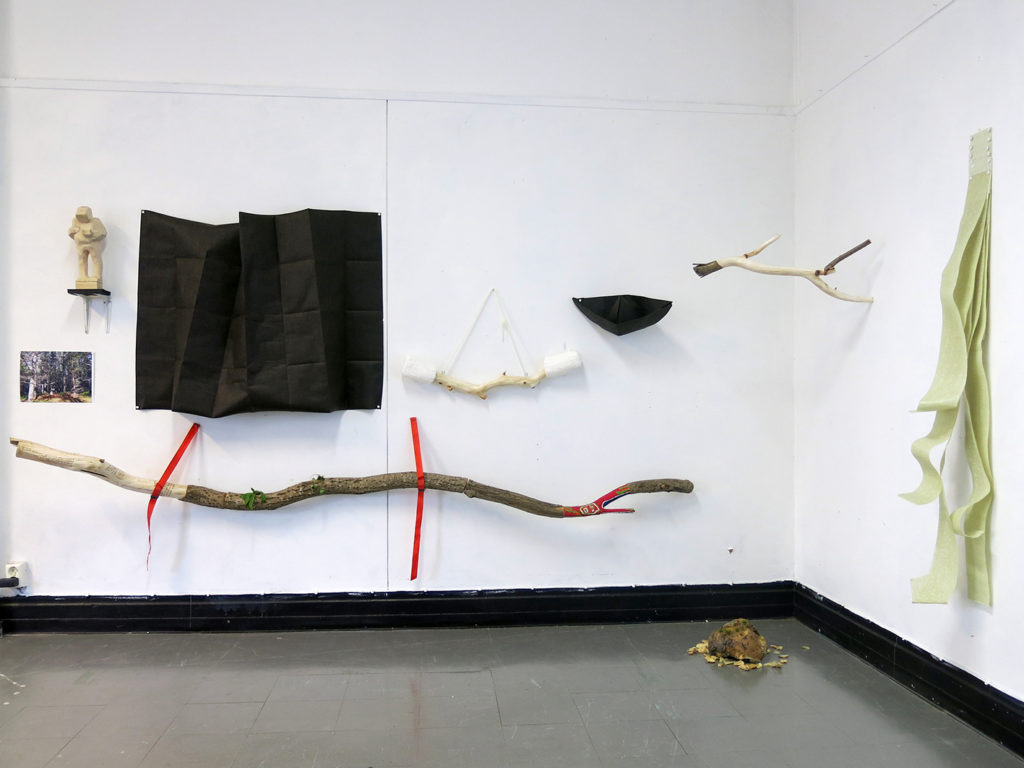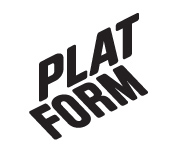
Background
What if people from Timrå were given three hectares of forest. They could plant, take care, thin and fell the trees to get timber for more art halls. Everyone would be able to build their own institution. Plans are already made to be ordered, no building permissions are needed and the timber will be free. How many 25 ²m art halls may be built of 3 hectares of forest and when can the first one be built? Will the people of Timrå grow Christmas Trees for faster profits and instead buy the wood needed for the project? Or will they make an effort and grow wholesome and safe pine for maximum return on investment, around the year 2095.
In 2014 I had a yearlong project in Timrå municipality, the county of Västernorrland, Sweden called (Konstnär-i-Kommun) (Artist-in-municipality). The starting point is Timrå, a municipality heavily affected by the forest industry and social-democratic cultural production both contemporary and historic.
The work with (K-i-K) became a thought experiment of donating forest to inhabitants of Timrå to plant, take care, thin and ultimately choose or not to choose to fell the trees for timber for their own art halls. Plans are made for everyone to build the by building law permitted size of 25 ²m art halls in their gardens. When I interviewed forest owners on topics such as capital and future value I got concrete guidelines for forestry depending on stock, whether short or long term yields are sought after. The forest owners in Västernorrland claimed often that one should own forest in Finland, as the forestry standards are higher and ownership is easier. This advice brought me to apply to the Platform residency in Vaasa.
The underlying complicated relation to art and constitution is the collective memory still present with the local inhabitants.

Vaasa
During my residency in Vaasa I participated in a handicraft course for seniors to connect with people who have been living and working in Ostrobothnia, forest owners and people who have a general strong connection to the forest. During the course the senior handcrafters helped me to carve a portrait of forest owner and ex-forester Peter, who I came in contact with during my first days in Vaasa. The meeting with Peter became an important reference point in the conversations about forestry with the other members of the handicraft group, meanwhile also helping me to understand different tree types and techniques while portraying “treeman-Peter” into wood. Because the handcrafters weren’t that interested in discussing the Timrå peoples complicated relationship to art we instead weighed similarities and differences of forestry laws and ownership in Ostrobothnia and Västernorrland. Views depending on the subjective perception of value, capital and time.
